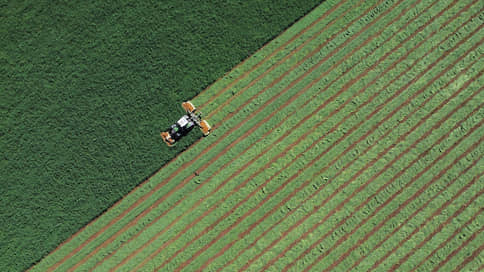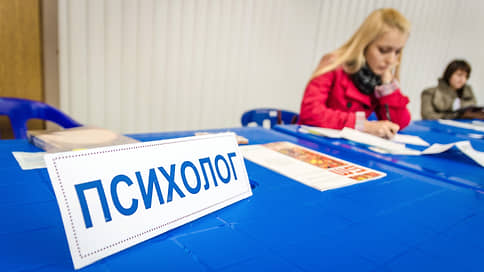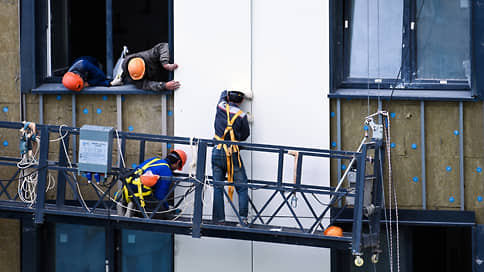The subsidy for the purchase of domestic agricultural machinery will be increased

The Ministry of Agriculture intends to more actively stimulate the purchase by farmers of the new domestic agricultural machinery – a draft order has been prepared that increases the amount of subsidies when issuing a loan for these purposes from 50% to 70% of the size of the Central Bank key rate. As a result, the real cost of loans for agricultural producers can decrease from 12.5% to 7%, which should support the purchase of equipment, the sales volumes of which fell in the first quarter of 2025 by a third.
The Ministry of Agriculture published a draft order that increases the size of the budget subsidy when issuing preferential loans for the purchase of agricultural equipment to agrarians from 50% to 70% of the size of the key rate of the Central Bank. This reduction in the price of a loan will affect buyers of Russian and Belarusian equipment produced in the territory of the Russian Federation. We are talking about the program of state support for the procurement of agricultural machinery on preferential conditions, for which 10 billion rubles were allocated in 2025.
According to the report on the implementation of the state development program of agriculture, in 2024, agricultural producers acquired 20% less tractors and combines than in 2023. In the Ministry of Agriculture, this was explained by increasing prices for equipment and equipment, reducing the investment activity of farmers due to increasing the Central Bank rate, as well as low financial stability of agricultural enterprises. In 2025, this trend continued: according to the Russian Association of manufacturers of specialized equipment and equipment (Rosspetsmash), in the first quarter of Russian -made agricultural machinery, 33% in annual terms, up to 38 billion rubles, fell into the domestic market. The most noticeable decrease was recorded in the segments of grain harvesting combines and agricultural tractors, the deliveries of which in January -March of 2025 were reduced by 58% (up to 437 pcs) and 39% (up to 709 pcs), respectively.
It should be noted that in general, the financial situation of the agro -industrial complex – more precisely, its sectors, in which the products of engineering are most in demand – have worsened significantly since the beginning of this year. According to Rosstat, in the first quarter, the salted financial result in the economy (profit minus) increased by 27%of the 2024 period, but in the sector “crop production and livestock, hunting and providing relevant services” the indicator increased only 0.3%, which, taking into account the inflation (more than 10%) means its fall in real expression.
In many ways, such a result is due to the drop in export revenue from the sale of grain – the strengthening of the ruble made many deliveries (grain for which was purchased in the fall, calculating 110 rubles./$) Unprofitable for exporters (see “Kommersant” of June 2). The distraction of financial resources for updating equipment in such a situation is obviously not a priority for farmers, which, apparently, forced the Ministry of Agriculture to increase the “discount” by interest on preferential loans.
With an increase in subsidizing the size of the key rate to 70%, he was calculated by the deputy chairman of the Council of the People’s Farmer Association Babken Pyryan, the service of loans for equipment will cost farmers 7%per annum instead of the previous 12.5%. Vadim Annikin, the head of the APC and Consumer Sector Practice Consulting Company, believes that such an increase in subsidies can become an incentive for updating the technique and increase in the productivity of the agricultural sector.
However, the general director of the Institute for the Foreign Market of the Agrarian Market Dmitry Rilko warns, this will eventually need more funds than it is now planned in the budget. In addition, it is necessary to restore the income of the farmers, « because otherwise it will be difficult for them to return the body of the loan. »
The Rosspetsmash association emphasized that they have repeatedly paid attention to the fact that the current rate of 12.5% can hardly be called really preferential. According to the representative of the association, it is necessary that the measure earn as soon as possible, « after all, farmers can postpone the acquisition of agricultural machinery in anticipation of more favorable conditions, which will lead to an even more rapid fall in the market. » In addition, according to him, it is necessary not only to reduce rates on preferential loans, but also to make agricultural producers can really get such loans in banks.







